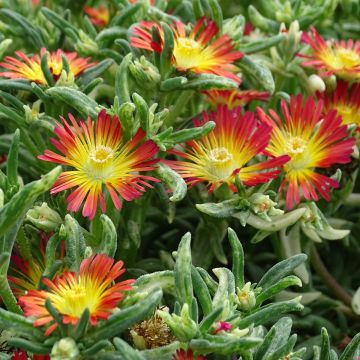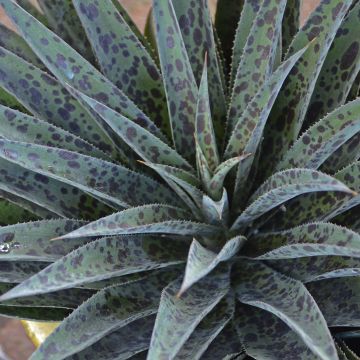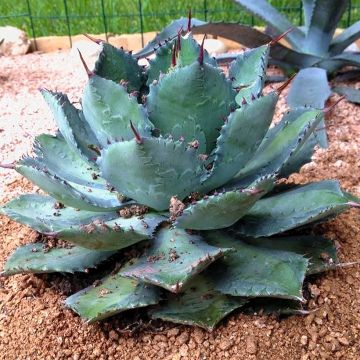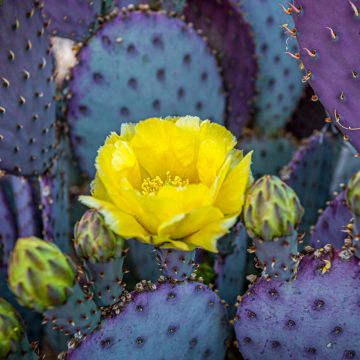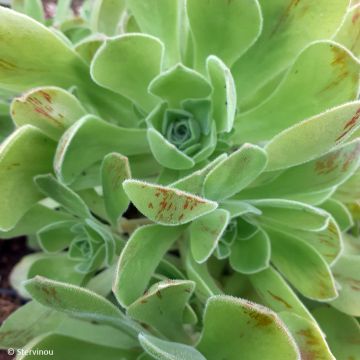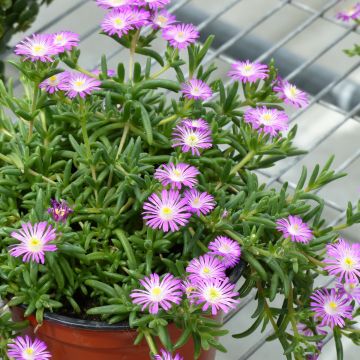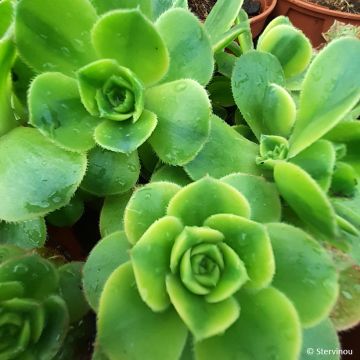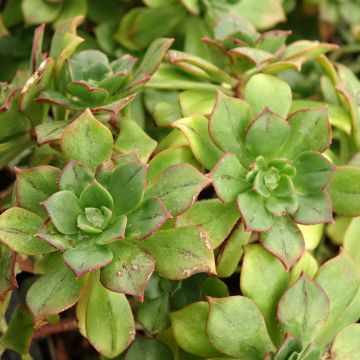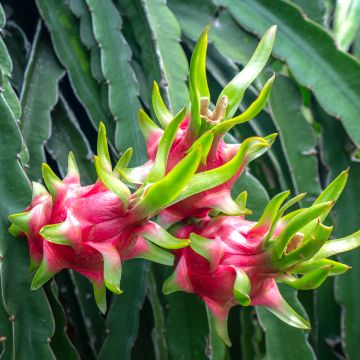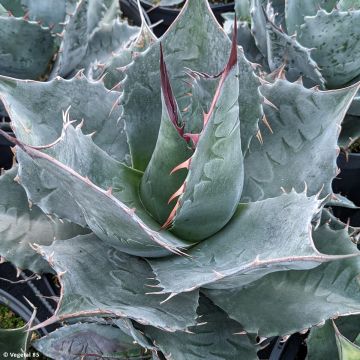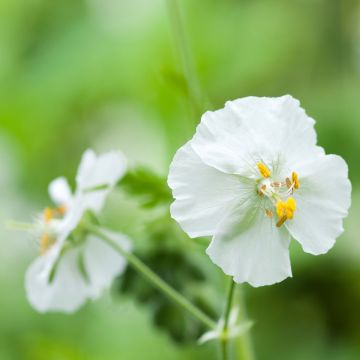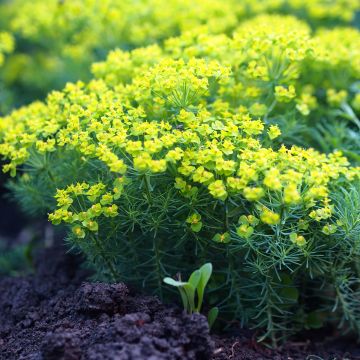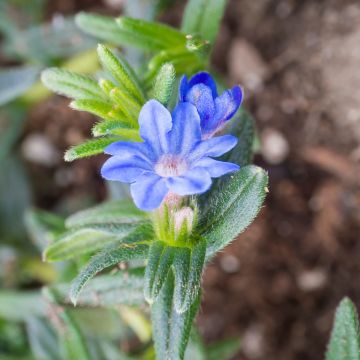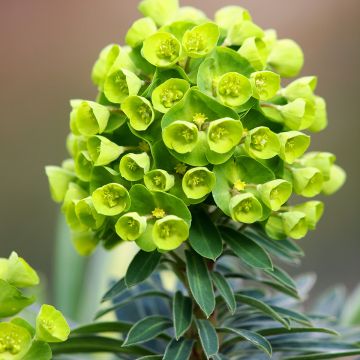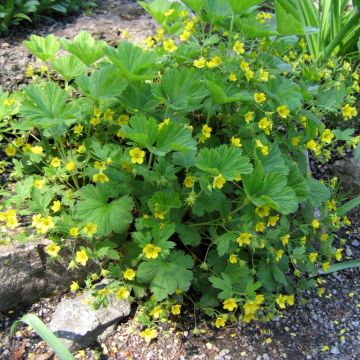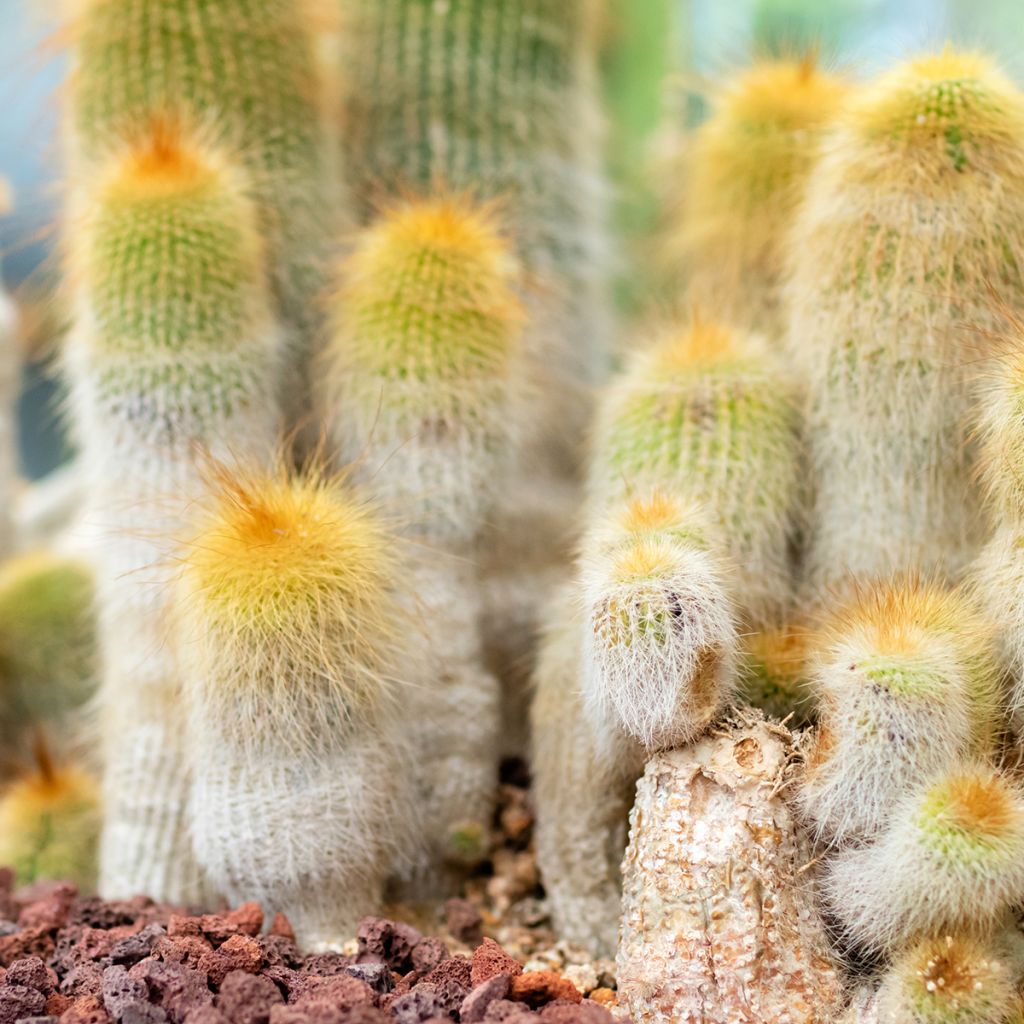

Parodia leninghausii
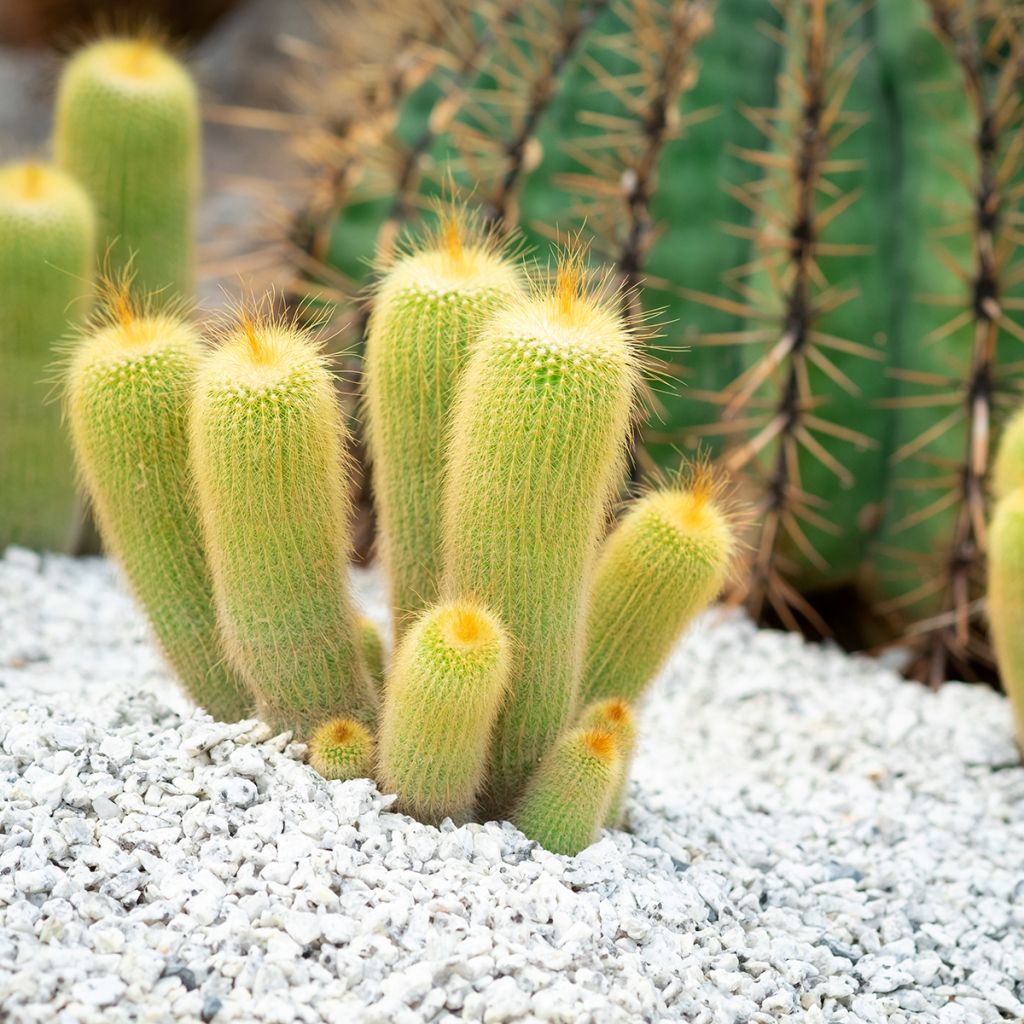

Parodia leninghausii
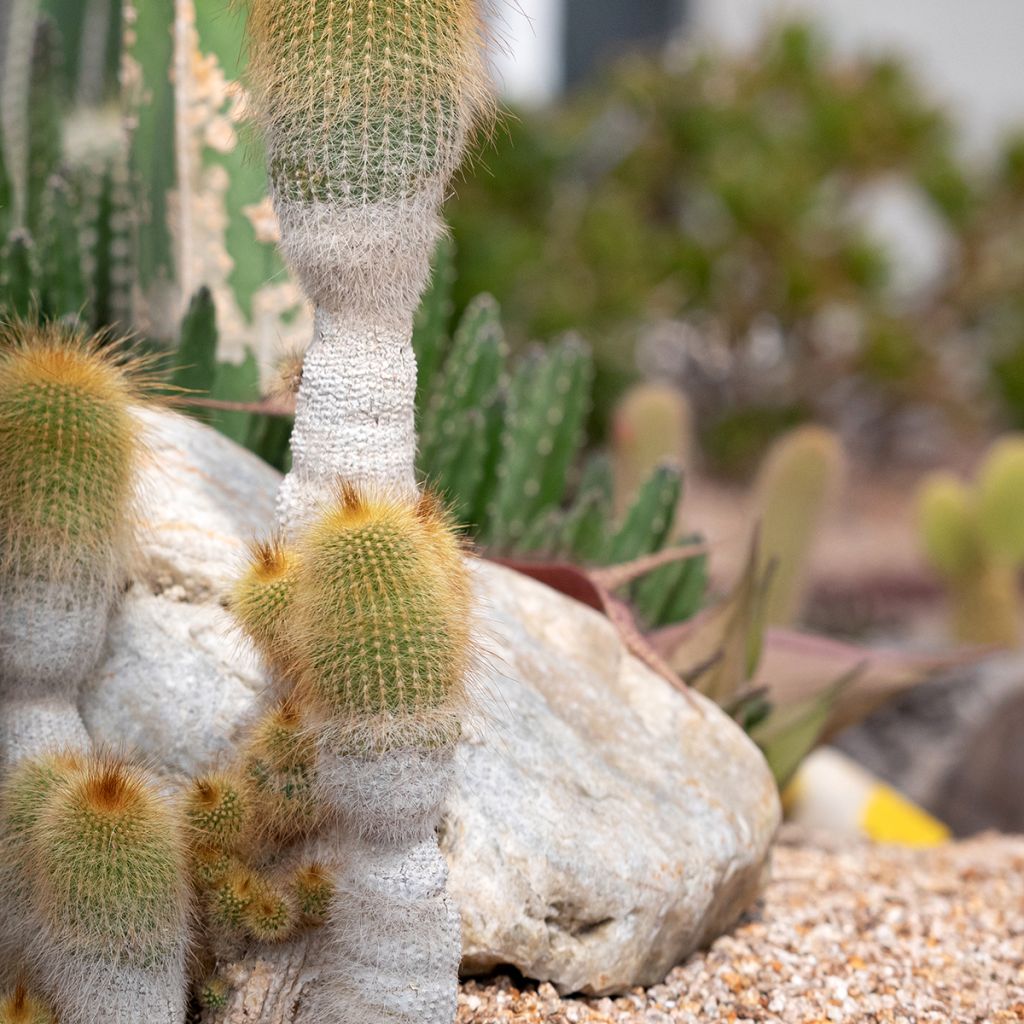

Parodia leninghausii
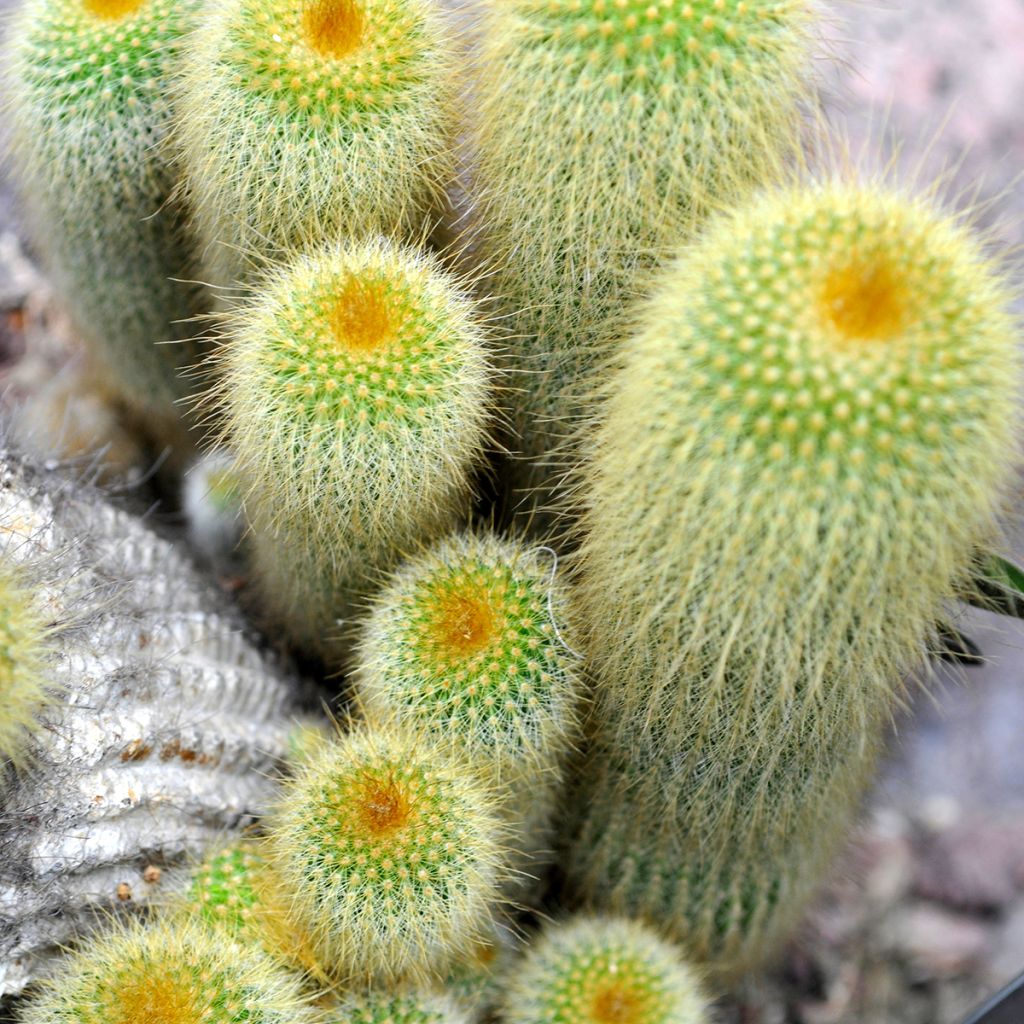

Parodia leninghausii


Parodia leninghausii
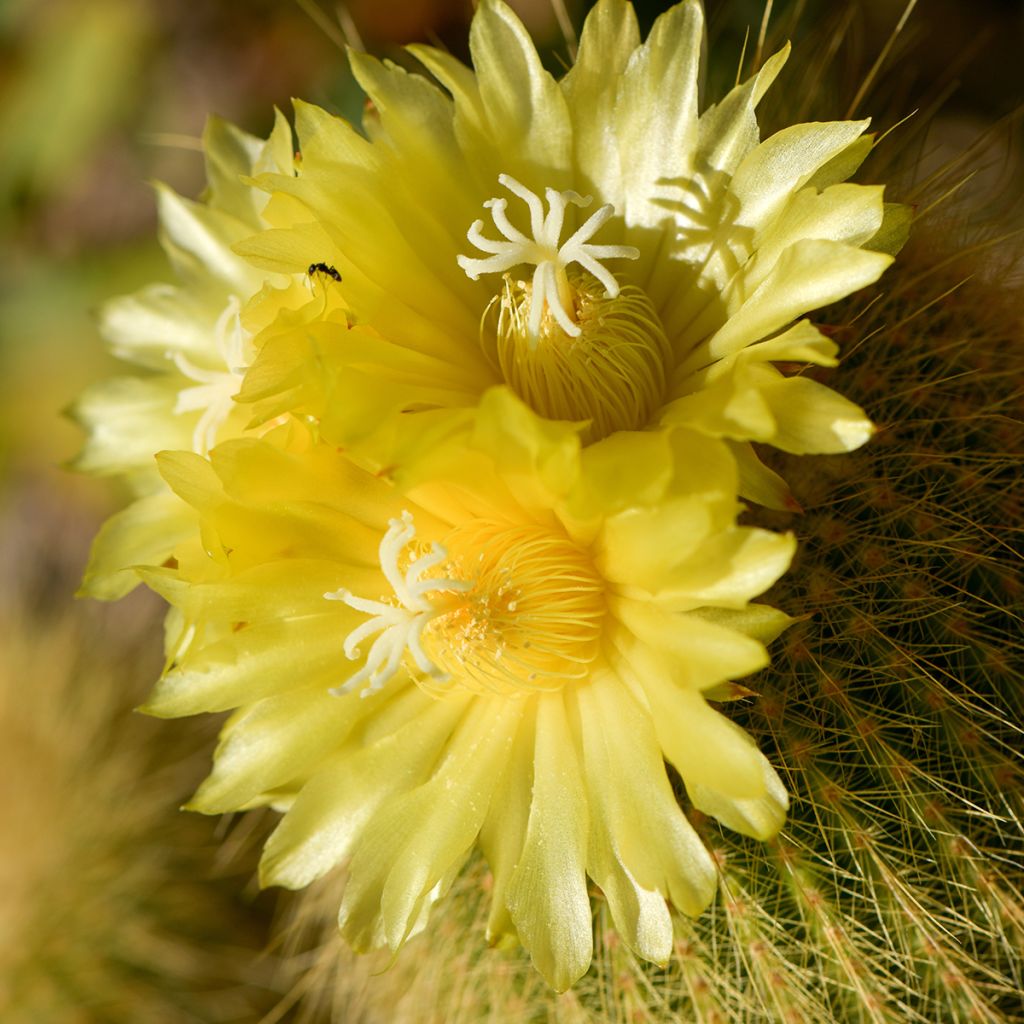

Parodia leninghausii


Parodia leninghausii
Parodia leninghausii
Parodia leninghausii
Golden Ball Cactus
The plants miraculously arrived in an acceptable condition despite a disastrous packaging: 3 pots thrown haphazardly into a too small box...
Alain, 09/03/2024
Special offer!
Receive a €20 voucher for any order over €90 (excluding delivery costs, credit notes, and plastic-free options)!
1- Add your favorite plants to your cart.
2- Once you have reached €90, confirm your order (you can even choose the delivery date!).
3- As soon as your order is shipped, you will receive an email containing your voucher code, valid for 3 months (90 days).
Your voucher is unique and can only be used once, for any order with a minimum value of €20, excluding delivery costs.
Can be combined with other current offers, non-divisible and non-refundable.
Home or relay delivery (depending on size and destination)
Schedule delivery date,
and select date in basket
This plant carries a 12 months recovery warranty
More information
We guarantee the quality of our plants for a full growing cycle, and will replace at our expense any plant that fails to recover under normal climatic and planting conditions.

Would this plant suit my garden?
Set up your Plantfit profile →
Description
Parodia leninghausii formerly known as Notocactus leninghausii, is a cactus highly appreciated for its long, flexible, bristly and harmless yellow pricks that capture light and form a golden halo! Older specimens bear a very bright summer flowering with silky, lemon yellow flowers measuring 5 to 6cm (2in) in diameter, which populate the tops of the stems. Initially solitary and globose, it then rises to form a narrow column 80cm (32in) tall with faint ribs, and then produces numerous shoots at its base that will grow into an erect colony of stems. Native to one of the mildest regions of Brazil, it is a plant that thrives in a bright or semi-shaded exposure, in well-drained, sandy, slightly fertile, non-calcareous soil and especially very dry in winter. To be grown in pots outside the Mediterranean region.
Parodia leninghausii is a succulent perennial that belongs to the huge family of cacti. Parodia leninghausii is a cactus native to Rio Grande do Sul in Brazil. It is often found in hilly meadows, walls or rocky crevices or in the shade of pine forests, which is why it prefers a slightly more fertile soil. It is a plant that withstands drought, heat and can withstand temperatures down to - 4 °C especially if the soil is perfectly drained and dry. Grow it in pots outside Mediterranean climates, in full sun or partial shade in a well-draining substrate made up of equal parts garden soil, sand, and compost.
Parodia leninghausii is a cactus grown for its long, flexible, bristly and soft-to-touch yellow spines. It is a succulent perennial with a globular habit that becomes columnar and then bushy with age. Slow-growing, it can reach 1m (3ft) in height and 12cm (5in) in diameter in its native environment. Cultivated in our climates, it forms an erect clump 80cm (32in) tall and up to 10cm (4in) in diameter. It forms a cylindrical body with a top adorned with a woolly cluster of white hairs, which tends to lean towards the sun. Each erect stem bears 30 to 35 faintly ribbed, white to yellow dense areoles. These areoles bear 15 to 20 radial pricks, measuring 5 to 10mm (0in) long, thin, soft, honey yellow to golden, gradually turning grey, as well as 3 to 4 longer pricks (2 to 5cm (1 to 2in) long), straight and dark. After reaching a certain maturity (minimum height of 20cm (8in)), this plant blooms from June to August with silky, shiny, bright lemon yellow flowers crowning the tops of the stems.
In Mediterranean regions, Parodia leninghausii will find its place in a dry and sunny rockery or on a wild slope. Elsewhere, it can be planted in a pot that should be stored away when the first cold weather arrives and should not be watered until the vegetation resumes in spring. It can be paired with other cacti such as Echinocactus, Ferocactus, Astrophytum, and Mammillarias to create miniature desert gardens, or it can be placed alone in a pot to decorate a windowsill or a veranda corner.
Report an error about the product description
Parodia leninghausii in pictures


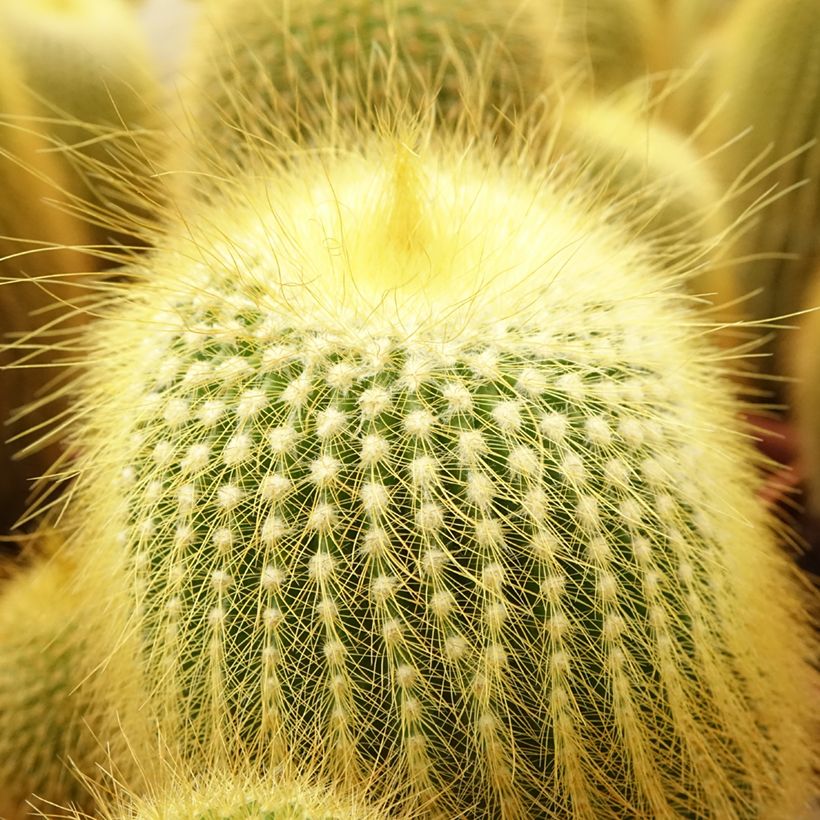

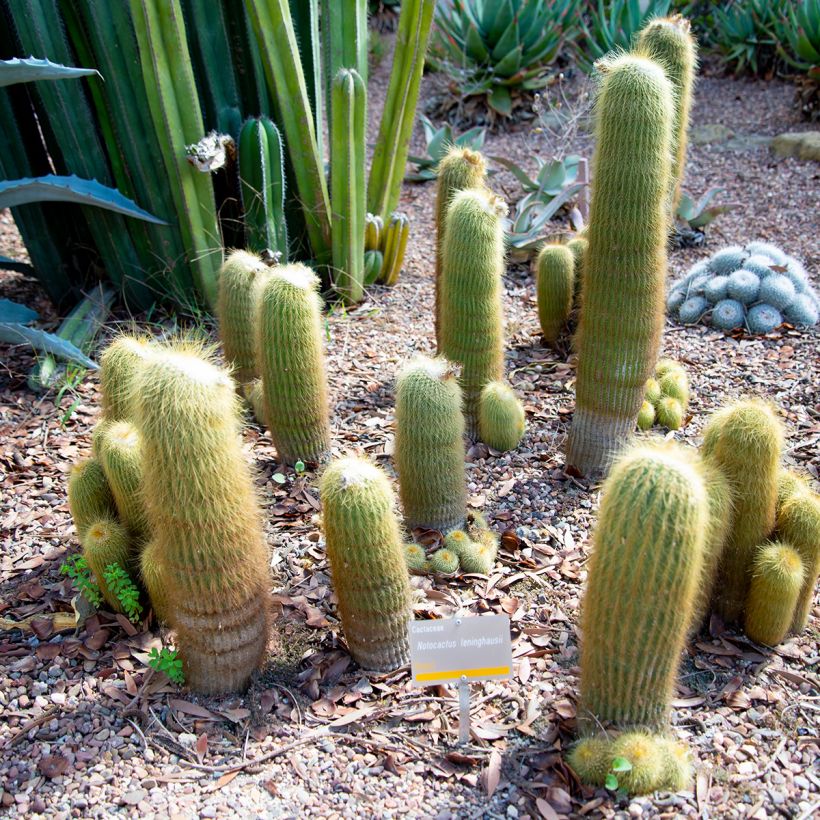

Flowering
Foliage
Plant habit
Botanical data
Parodia
leninghausii
Cactaceae
Golden Ball Cactus
North America
Other Cacti and succulents
View all →Planting and care
Plant Parodia leninghausii in full sun in a light, well-draining, sandy, slightly fertile and non-calcareous soil. Frost-sensitive, it does not tolerate temperatures below -4°C (24.8°F). Highly resistant to heat and drought, it can be grown outdoors in the hottest gardens of our Mediterranean regions, which are dry in summer. Elsewhere, grow it in a pot with a mix of garden soil, compost and sand. Keep it dry throughout the winter in a bright room between 5 and 10°C (41 and 50°F). Outdoors, protect it from excessive rains that will cause it to rot. Excess humidity in winter can also greatly reduce the hardiness of this plant. Water sparingly from March to October.
Planting period
Intended location
Care
-
, onOrder confirmed
Reply from on Promesse de fleurs
Similar products
Haven't found what you were looking for?
Hardiness is the lowest winter temperature a plant can endure without suffering serious damage or even dying. However, hardiness is affected by location (a sheltered area, such as a patio), protection (winter cover) and soil type (hardiness is improved by well-drained soil).

Photo Sharing Terms & Conditions
In order to encourage gardeners to interact and share their experiences, Promesse de fleurs offers various media enabling content to be uploaded onto its Site - in particular via the ‘Photo sharing’ module.
The User agrees to refrain from:
- Posting any content that is illegal, prejudicial, insulting, racist, inciteful to hatred, revisionist, contrary to public decency, that infringes on privacy or on the privacy rights of third parties, in particular the publicity rights of persons and goods, intellectual property rights, or the right to privacy.
- Submitting content on behalf of a third party;
- Impersonate the identity of a third party and/or publish any personal information about a third party;
In general, the User undertakes to refrain from any unethical behaviour.
All Content (in particular text, comments, files, images, photos, videos, creative works, etc.), which may be subject to property or intellectual property rights, image or other private rights, shall remain the property of the User, subject to the limited rights granted by the terms of the licence granted by Promesse de fleurs as stated below. Users are at liberty to publish or not to publish such Content on the Site, notably via the ‘Photo Sharing’ facility, and accept that this Content shall be made public and freely accessible, notably on the Internet.
Users further acknowledge, undertake to have ,and guarantee that they hold all necessary rights and permissions to publish such material on the Site, in particular with regard to the legislation in force pertaining to any privacy, property, intellectual property, image, or contractual rights, or rights of any other nature. By publishing such Content on the Site, Users acknowledge accepting full liability as publishers of the Content within the meaning of the law, and grant Promesse de fleurs, free of charge, an inclusive, worldwide licence for the said Content for the entire duration of its publication, including all reproduction, representation, up/downloading, displaying, performing, transmission, and storage rights.
Users also grant permission for their name to be linked to the Content and accept that this link may not always be made available.
By engaging in posting material, Users consent to their Content becoming automatically accessible on the Internet, in particular on other sites and/or blogs and/or web pages of the Promesse de fleurs site, including in particular social pages and the Promesse de fleurs catalogue.
Users may secure the removal of entrusted content free of charge by issuing a simple request via our contact form.
The flowering period indicated on our website applies to countries and regions located in USDA zone 8 (France, the United Kingdom, Ireland, the Netherlands, etc.)
It will vary according to where you live:
- In zones 9 to 10 (Italy, Spain, Greece, etc.), flowering will occur about 2 to 4 weeks earlier.
- In zones 6 to 7 (Germany, Poland, Slovenia, and lower mountainous regions), flowering will be delayed by 2 to 3 weeks.
- In zone 5 (Central Europe, Scandinavia), blooming will be delayed by 3 to 5 weeks.
In temperate climates, pruning of spring-flowering shrubs (forsythia, spireas, etc.) should be done just after flowering.
Pruning of summer-flowering shrubs (Indian Lilac, Perovskia, etc.) can be done in winter or spring.
In cold regions as well as with frost-sensitive plants, avoid pruning too early when severe frosts may still occur.
The planting period indicated on our website applies to countries and regions located in USDA zone 8 (France, United Kingdom, Ireland, Netherlands).
It will vary according to where you live:
- In Mediterranean zones (Marseille, Madrid, Milan, etc.), autumn and winter are the best planting periods.
- In continental zones (Strasbourg, Munich, Vienna, etc.), delay planting by 2 to 3 weeks in spring and bring it forward by 2 to 4 weeks in autumn.
- In mountainous regions (the Alps, Pyrenees, Carpathians, etc.), it is best to plant in late spring (May-June) or late summer (August-September).
The harvesting period indicated on our website applies to countries and regions in USDA zone 8 (France, England, Ireland, the Netherlands).
In colder areas (Scandinavia, Poland, Austria...) fruit and vegetable harvests are likely to be delayed by 3-4 weeks.
In warmer areas (Italy, Spain, Greece, etc.), harvesting will probably take place earlier, depending on weather conditions.
The sowing periods indicated on our website apply to countries and regions within USDA Zone 8 (France, UK, Ireland, Netherlands).
In colder areas (Scandinavia, Poland, Austria...), delay any outdoor sowing by 3-4 weeks, or sow under glass.
In warmer climes (Italy, Spain, Greece, etc.), bring outdoor sowing forward by a few weeks.






























